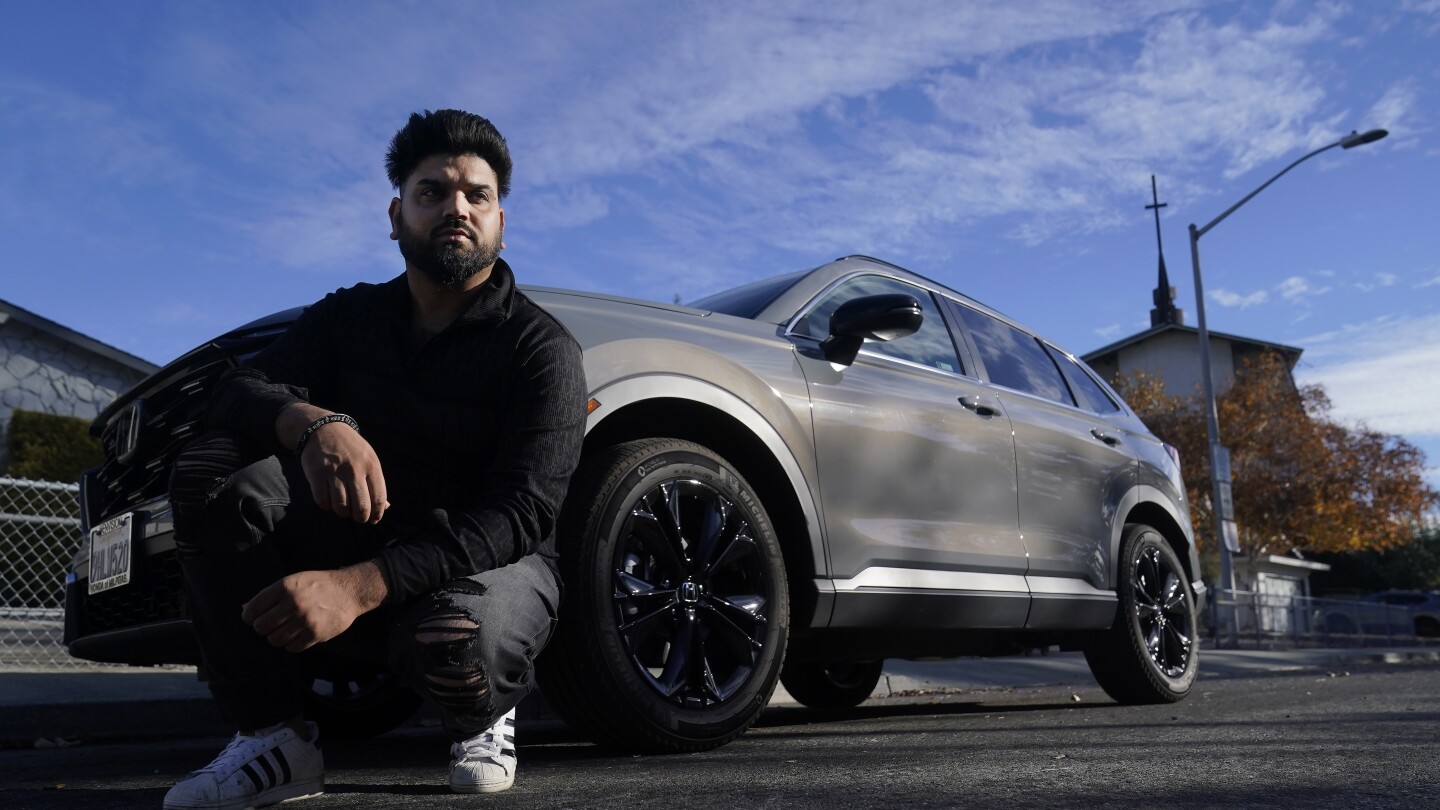America’s automakers have staked their futures on the notion that electric vehicles will dominate sales in the coming years, spurred by buyers determined to reduce carbon emissions and save on fuel.
But so far, while EV sales are growing, their pace is falling well short of the industry’s ambitious timetable for transitioning away from combustion engines. Instead, buyers are increasingly embracing a quarter-century-old technology whose popularity has been surging: The gas-electric hybrid, which alternates from gas to battery power to maximize efficiency.
So far in 2023, Americans have bought a record 1 million-plus hybrids — up 76% from the same period last year, according to Edmunds.com. As recently as last year, purchases had fallen below 2021’s total. This year’s figures don’t even include sales of 148,000 plug-in hybrids, which drive a short distance on battery power before a gas-electric system kicks in.



New EVs have a buffer built into the battery so that as it degrades, the extra capacity unlocks and range will stay the same for the length of the warranty period (5-8 years or so). 50% observed capacity loss wouldn’t happen until north of 300k miles I think
I’m sure that because my experience is limited, there’s things I need to learn - but I definitely understand people’s hesitation to jump to an EV in the absence of that knowledge.